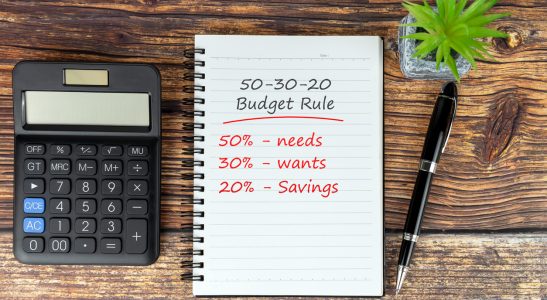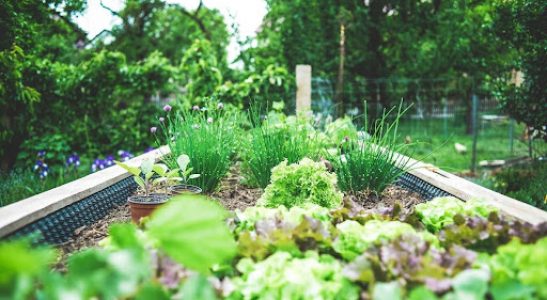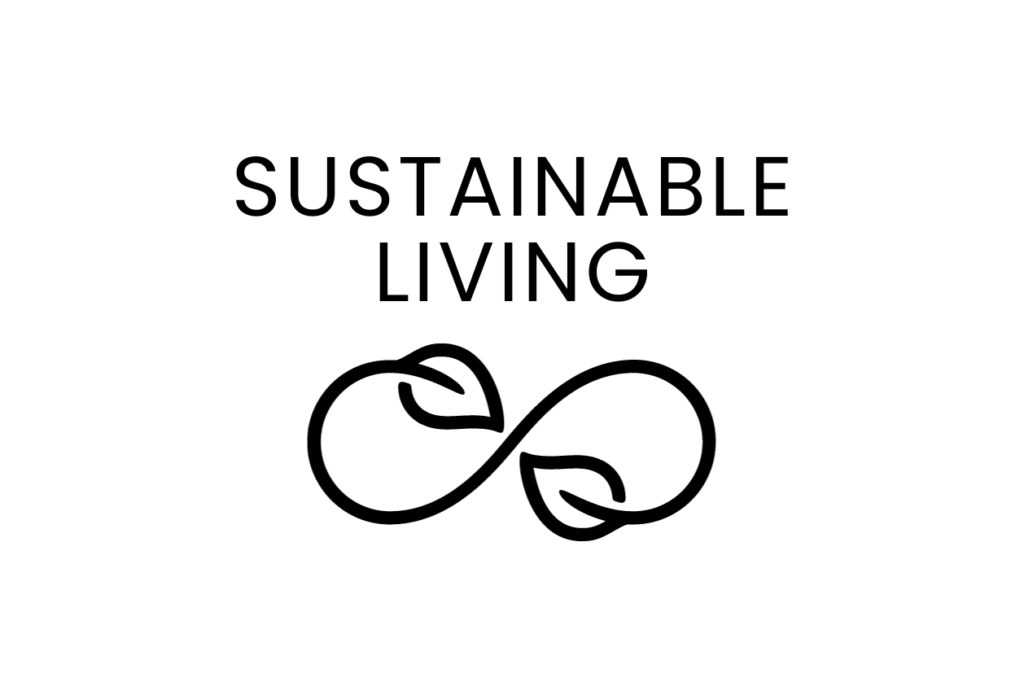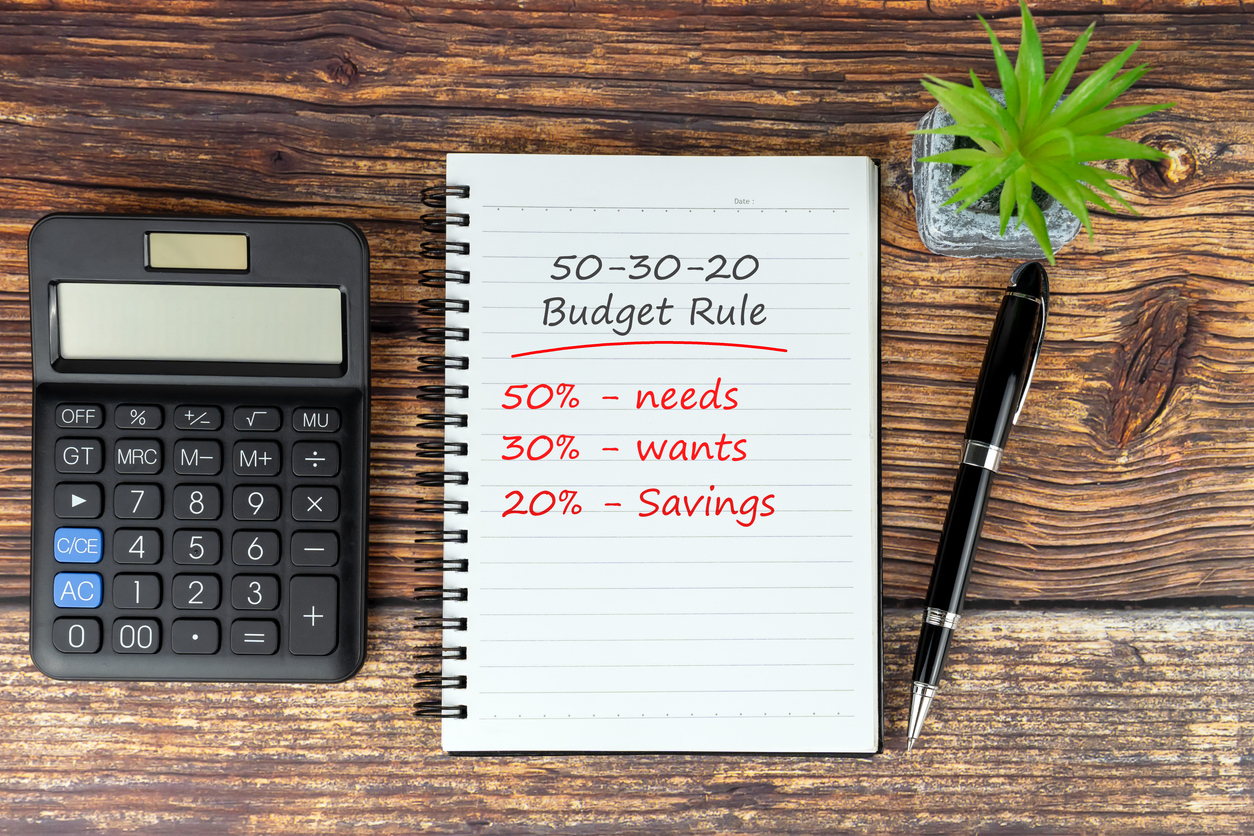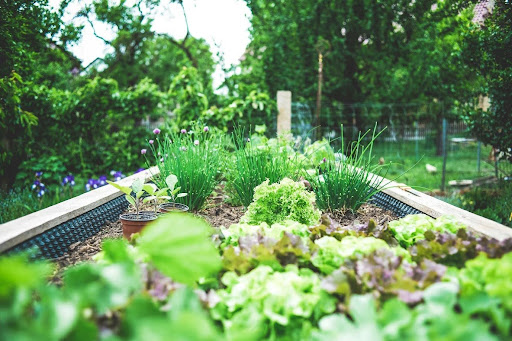Roger from KitchenandBathDIY.com shares his top tips to help you create a sustainable kitchen.
Roger shares his top tips to help you create a sustainable kitchen.
Homeowners are becoming more aware of the environment and are looking to create a healthier lifestyle in every aspect of their lives. The kitchen is one of the rooms in your home that can impact sustainability and your carbon footprint.
Top Tips For Creating A Sustainable Kitchen
Sustainable Living | 31st March 2023 by Roger Martinez

Homeowners are becoming more aware of the environment and are looking to create a healthier lifestyle in every aspect of their lives. The kitchen is one of the rooms in your home that can impact sustainability and your carbon footprint.
When you’re trying to make your kitchen sustainable, it can feel like there are so many different things you need to worry about. I’ve compiled a guide of what you need to do to create a kitchen that is as sustainable as possible.
What is a sustainable kitchen?
Top tips for creating a sustainable kitchen
There are many ways to make your kitchen more sustainable. Here are a few top tips:
1 Use energy-efficient appliances. This can help you save money on your utility bills and help the environment.
2 Use recycled or sustainable materials for your countertops, cabinets, and flooring. This helps reduce the impact of construction on the environment.
3 Consider installing solar panels to power your home. This renewable energy source can help you save money on your energy bills and is good for the environment.
4 Use natural lighting as much as possible to light your kitchen. This can help reduce your reliance on artificial light sources, which use energy and produce greenhouse gases.
5 Compost food scraps and other organic waste instead of throwing them away in the garbage. This helps reduce methane emissions from landfills and is good for your garden or potted plants.
Replacing the least sustainable appliances with more sustainable options
1 Replace your traditional oven with a solar oven
2 Replace your refrigerator with an energy-efficient model
3 Replace your dishwasher with a water-saving model
4 Use a composting bin
Composting is a great way to reduce food waste in the kitchen and create nutrient-rich soil for your garden.
Making even just a few of these appliance swaps will make a big difference in the sustainability of your kitchen. So don’t wait – start making your kitchen more sustainable today!
Low-impact materials in a sustainable kitchen
There are a number of ways to make your kitchen more sustainable, but one of the most impactful is to switch to low-impact materials. Low-impact materials are those that have a lower environmental footprint than traditional materials. This can be achieved in several ways, such as using recycled or reclaimed materials, certified wood or FSC-certified products.
Another way to reduce the environmental impact of your kitchen is to choose low-VOC (volatile organic compounds) products. These products emit fewer harmful chemicals into the air, making them safer for you and the environment. Some examples of low VOC products include paints, flooring, countertops and cabinets.
Making your kitchen more sustainable doesn’t have to be difficult or expensive. By switching to low-impact materials and choosing low-VOC products, you can make a difference in your home’s and the planet’s health.
Shopping for sustainable kitchen essentials
When stocking your kitchen with sustainable items, there are a few key things to keep in mind. First, choose kitchen essentials made from natural or recycled materials. Second, look for products that are designed to last and can be reused or recycled. And finally, consider the impact of your purchase on the environment.
With these guidelines in mind, here are some sustainable kitchen essentials to get you started:
Dish towels and rags
Sponges and scrubbers
Dish soap
Food storage
Pots and pans
More tips for creating a sustainable kitchen
1 Invest in some energy-efficient appliances
This is a great way to save money and energy in the long run. Look for ENERGY STAR-certified appliances, which are designed to use less energy than conventional models.
2 Upgrade your light fixtures
LED bulbs are much more energy-efficient than traditional incandescent bulbs. They also last much longer, so you’ll save money on replacement costs over time.
3 Reduce water waste
There are a number of ways to reduce water waste in the kitchen. Install low-flow faucet aerators, invest in a high-efficiency dishwasher, and don’t let the tap run while you’re washing dishes or preparing food.
4 Compost food scraps
Rather than throwing away food scraps, start a compost pile or bin where you can store them until they’re ready to be used as fertilizer for your garden or lawn.
5 Recycle and reuse
You can recycle many items from your kitchen, including glass jars, plastic containers, and aluminium cans. And instead of buying new towels and other kitchen supplies, try repurposing old ones instead.
Conclusion
Creating a sustainable kitchen doesn’t have to be difficult or expensive. With a few simple changes, you can make a big impact on the environment and your wallet. We hope our guide has given you some inspiration and motivation to start making your kitchen more sustainable.
Share this post:
Hear from Solo Living now and then by signing up to our mailing list


